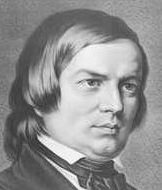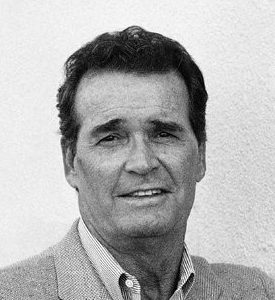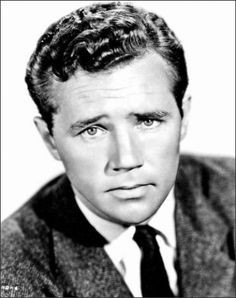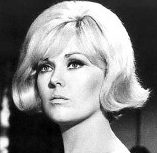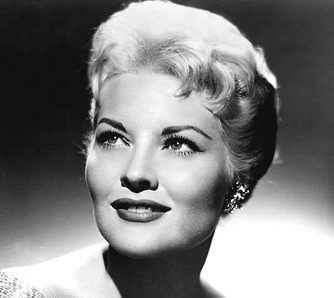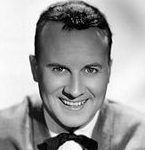REVIEW POTPOURRI: Conversations about Bernstein
 by Peter Cates
by Peter Cates
Conversations about Bernstein
William Westbrook Burton, editor
Oxford Univ. Press, 1995, 198 pages.
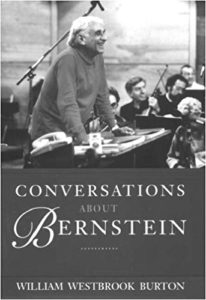 Conversations is a volume of interviews with various individuals who knew and worked with the composer, conductor, pianist, author, TV personality extraordinaire, Leonard Bernstein (1918-1990), who was arguably the most famous man involved in classical music during the last 60 years. I have read bios by David Ewen, Joan Peyser, and Schuyler Chapin, each of whom has provided their own pieces of the fascinating puzzle comprising this genius.
Conversations is a volume of interviews with various individuals who knew and worked with the composer, conductor, pianist, author, TV personality extraordinaire, Leonard Bernstein (1918-1990), who was arguably the most famous man involved in classical music during the last 60 years. I have read bios by David Ewen, Joan Peyser, and Schuyler Chapin, each of whom has provided their own pieces of the fascinating puzzle comprising this genius.
As composer, he gave us the Broadway masterwork, West Side Story and other works, including at least 4 more musicals, assorted pieces for the theater and cinema and classical writings consisting of three symphonies, etc. As conductor of the New York Philharmonic from 1958-1969 and guesting with other orchestras, he recorded dozens of performances covering the well known repertoire and interesting, generally unknown pieces. As pianist, he did exciting records of Gershwin’s Rhapsody in Blue; the Mozart Piano Concertos 15, 17, 18, and 25; and the Beethoven 1st, while conducting from the keyboard. As author, he wrote the insightful Infinite Variety of Music. And finally as TV personality, he produced the Young People’s Concerts.
The book features talks with composers Lucas Foss and David Diamond, record producer Paul Myers, the late anti-Bernstein New York Times critic Harold C. Schonberg, and performers such as cellist Slava Rostropovich and singers Christa Ludwig and Frederica von Stade, all of whom share valuable insights.
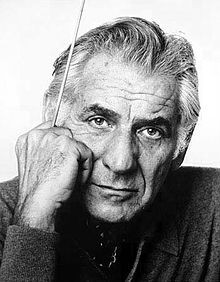
Leonard Bernstein
But the crowning, most searingly eloquent and fascinatingly memorable interview was with singer Carol Lawrence, the Maria of the original Broadway production of West Side Story, which opened in 1957. According to her, Bernstein was very agreeable and supportive to work with but he ceded most responsibility for the staging to the brilliant perfectionist choreographer Jerome Robbins, who was one blankety-blank SOB for all of the cast to work with, especially Lawrence. He singled her out for the bulk of his scathing, judgmental, around- the-clock pitchers of acid. But, as with any production he worked on, he achieved the most phenomenal results, laying the groundwork as much as the composer Leonard Bernstein and lyricist Stephen Sondheim for the musical’s unimpeachably classic status!
One song in the show, the hit I Feel Pretty, was originally marked for destruction by “Jerry” Robbins but was left in and made its own contribution to the show’s success, as conveyed now in Lawrence’s own account:
“But the most wonderful part, told to me afterwards, was that after the show, as Oscar Hammerstein was walking up the aisle, he came over to Jerry and Lenny, who were at the top, watching from the back row and said: ‘Congratulations to both of you. This is an incredible milestone in the theatre.’ And he raved and raved about every aspect of the show. And then, turning to Jerry, he said: ‘But my favorite moment in the entire show came with the spontaneity of I Feel Pretty. I don’t know how you did it, but you encapsulated the joy of a young woman in love. And you are to be congratulated.’ And Jerry said, ‘Thank you.’ “


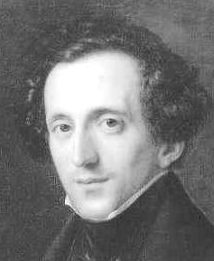
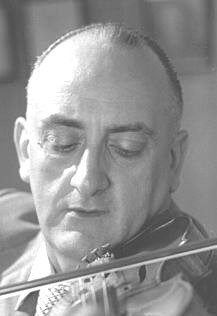

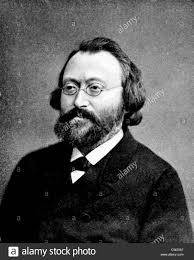
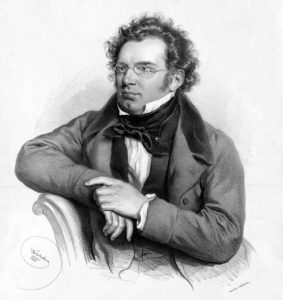
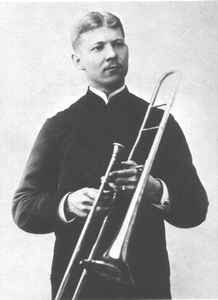
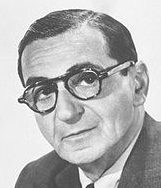
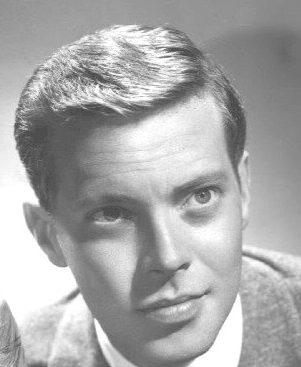
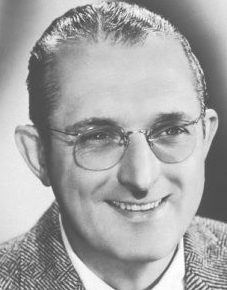
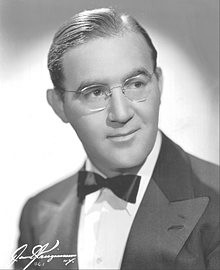
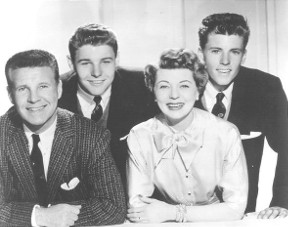
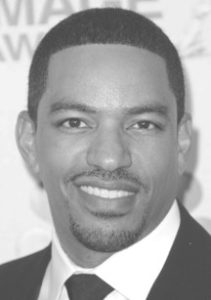




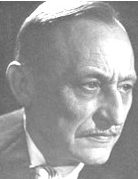
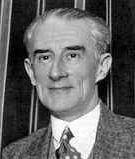

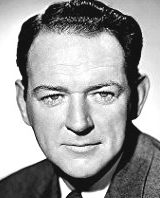
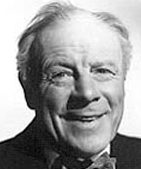
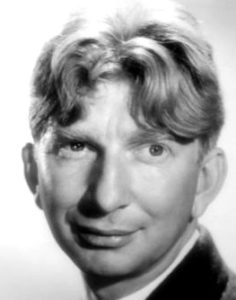
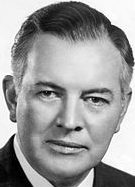

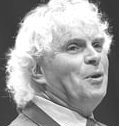



 Joan Morris and her husband, William Bolcom, have been serving up records and concerts for over 45 years since the early seventies, their specialty being popular songs and composers from the Civil War to the ‘50s Lieber and Stoller. One album spotlighted Henry Clay Work, who wrote My Grandfather’s Clock.
Joan Morris and her husband, William Bolcom, have been serving up records and concerts for over 45 years since the early seventies, their specialty being popular songs and composers from the Civil War to the ‘50s Lieber and Stoller. One album spotlighted Henry Clay Work, who wrote My Grandfather’s Clock.
